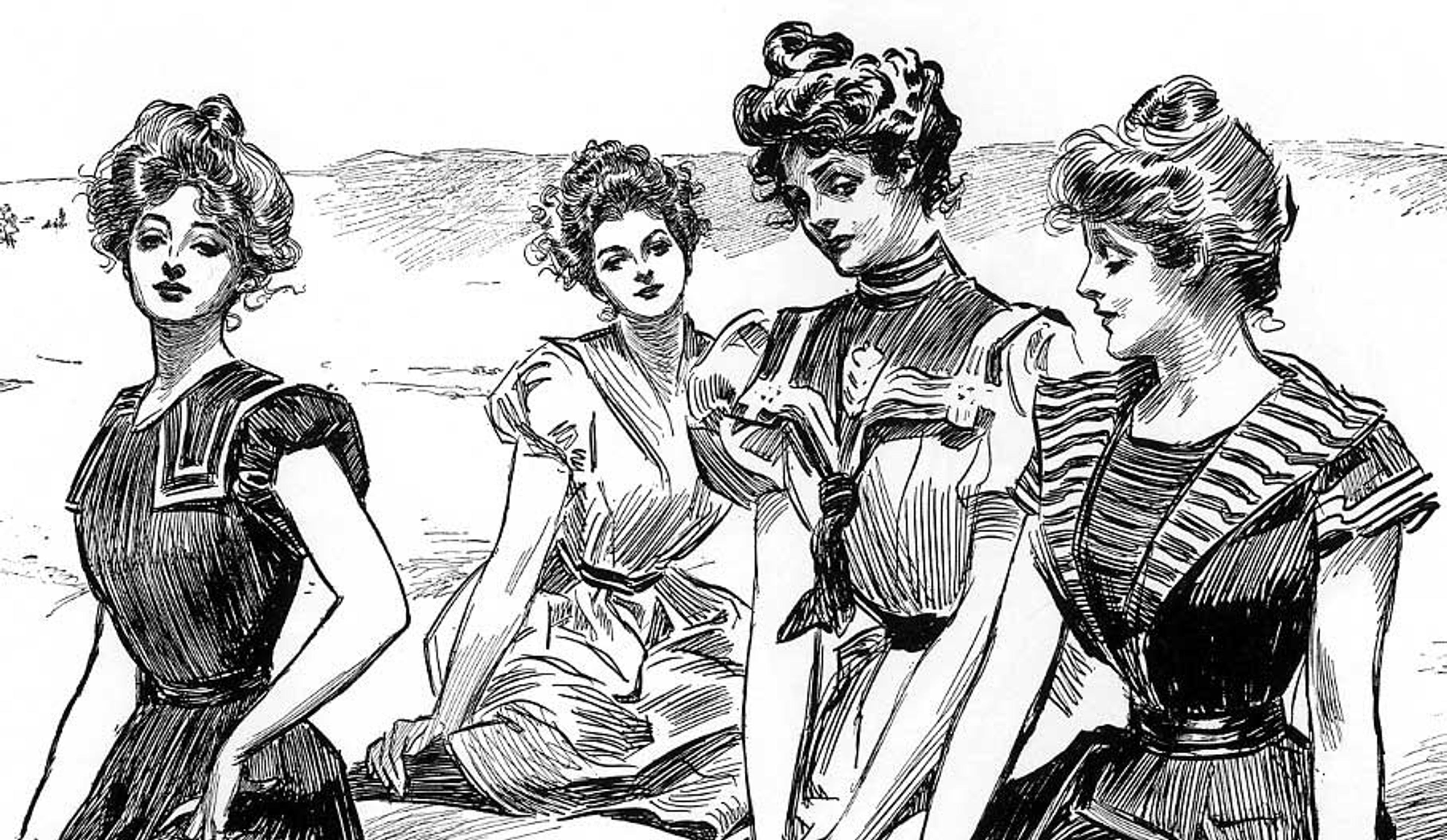
The Ascot Racecourse was founded by Queen Anne in 1711. It is one of (if not the) most famous racetracks in Britain, notable in particular for the Royal Ascot - an important race more known for the pageantry of the attendees than the thoroughbreds. This celebrated social affair comes complete with a strict dress code that includes hats so fabulous they cross the line over to insane. The race is unfailingly attended by the Royal Family, who arrive each day in carriages and watch the races from the Royal Enclosure (for which a select few hold a badge). This wonderful silver and enamel badge dating to the late Edwardian era would have allowed entry into this most desirable location and access to all the pomp and circumstance happening within. The reverse of the pin is engraved with the job title of its owner "Visct [Viscount] Churchill Private Secretary". This marvelous piece comes in its original box stamped with the commissioned jeweler's business details: "Garrard & Co Ltd/Goldsmiths, Jewellers, &c./TO THE KING/By Special Appointment/TO THE CROWN/Haymarket, London."
thedetails
- Materials
Silver and enamel in original box
- Age
c. 1910
- Condition
Pin is very good, some minor scuffs easily polished; box is damaged along one side (visible in photo)
- Size
2.4cm diameter
Need more photos?
Send us an email to request photos of this piece on a model.

Aboutthe
EdwardianEra
1900 — 1910
The jewelry tended toward airy lightness, often in the form of lacy filigree. The world was changing rapidly, but lots of the jewelry still reflected the Victorian ideals of decorum and femininity. Ancient Roman and Greek influences remained popular. “White” jewelry became popular as plentiful deposits of platinum were discovered in Russia and improved smelting technology made it possible for jewelers to work in the noble metal. Platinum was seldom used by jewelers in earlier years owing both to its scarcity and high melting point. The jewelry trade took advantage of its rigid strength to create opulent openwork settings for increasingly brilliant diamonds. The old European cut was perfected, rounder and squatter than old mine. This took stone-cutting one step closer to the mathematically perfect round brilliant cut, which is the most popular diamond cut today. The now-iconic square Asscher cut was patented in 1902. Hot on the heels of platinum, the alloy mixture that produces white gold was formulated and patented in 1915 in New York City. With Europe in the grip of WW1, the American jewelry industry was poised to become a world leader and innovator.